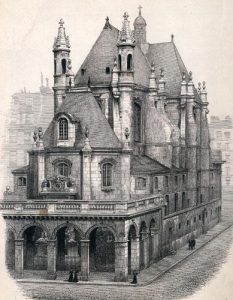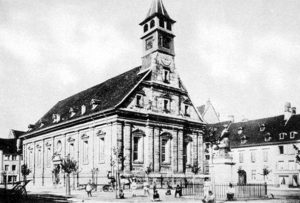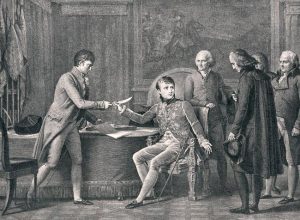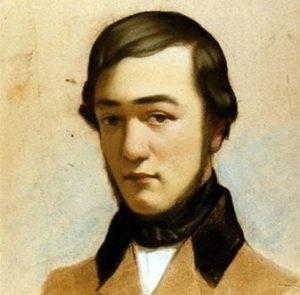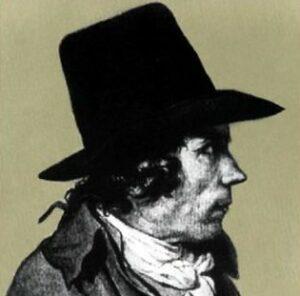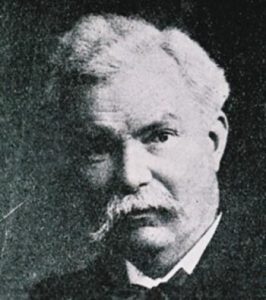From tolerance to recognition
For over a century, from 1685 to 1787, the persecuted protestant community survived in clandestine conditions. In spite of the emergence of clandestine ecclesiastical officers, even of synods, a pastor was slain in 1762. Only in 1787 did an edict of Louis XVI, the edict of tolerance, give huguenots civil rights, but granted them neither freedom of worship nor equality to access public charges or positions.
The Protestants welcomed the 1789 Revolution as a liberation, because in Article 10 of the Declaration of human rights freedom of conscience and freedom of worship were granted to all men « unless their manifestation should disturb public peace, as defined by the law. » It all changed with the Terreur period during which bishops, rabbi and pastors had to step down and resign. After 9th Thermidor 1794, the situation gradually went back to normal.
At the beginning of the 19th century, the Protestant community comprised about 500,000 reformed scattered all over the country, and about 220,000 lutherans in Alsace and in he Montbéliard region. Except for court nobility and high rank magistrates, and keeping in mind that French protestantism was then mostly rural, all walks of life were represented, though the distribution varied a lot from one region to another. For instance Poitou counted mostly peasants, the South East modest owners, the East tradesmen and industrialists, the South West land owners of huguenot nobility descent, and finally big cities bankers and financiers.
With the development of the overall demography in France during the 19th century, protestantism was 850,000 strong in mid-century, accounting for 2,35% of the population. The loss of Alsace-Lorraine brought the number down to 600,000, then 1.6%. The protestants were then a restricted minority unevenly spread in « strongholds » such as Alsace or the Cévennes region in the South and far apart in the rest of the country.
Refoundation
During the first half of the 19th century the protestants built up their strength again. They had to reshape the material structures, such as temples, but also the intellectual framework and create some Facultés de théologie to train new pastors. But institutional structures were first to be recreated which was called « refoundation » by some historians.
The 1801 Concordat with the Organic Articles in 1802 set up a new organisation of reformed churches, and of lutheran churches, which meant that French protestantism accepted State protection. But this organisation was to cause a number of problems in the Protestant community throughout the 19th century. Indeed that system was contrary to the egalitarian tradition among all local churches, it did not mention a national synod, though it was the only competent authority concerning the doctrine for the reformed. Thus reformed churches remained a body without a head.
Times of conflicts. From the 1850s onward, the organisation of the Protestant community became more complex because of the passionate debates opposing liberals to evangelists, due to the different doctrines. They were added to other institutional problems and it all ended with what some called a « schism », effected in 1872 during the first national synod held since the Revocation of the Edict of Nantes in 1685.
The separation of Church and State on the 9th of December 1905 was easily accepted by the protestants who had been asking for it for a long time. The law authorising unions of worship associations on a national level put an end to problems raised by the Concordat.
The unifying process
The unifying process met the need to be united to confront public authorities, and was eased by the doctrinal evolution. It resulted in the creation of the Fédération protestante de France (Federation of Protestant Churches in France) comprising reformed, e.g.evangelists and liberals, lutheran, methodist groups to be joined later on by baptists groups, happily ending a century-long refoundation process.
The evolution of protestantism in Alsace followed a similar process, as the Concordat changed the organisation of the lutheran church and acknowledged only consistorial churches with 6,000 members, it still maintained a central framework and the Strasbourg consistory. Incidentally the debate between liberals and evangelists was never so intense as the one within the reformed church. After the loss of Alsace, many protestants moved « inland » where the 80,00-strong community remained within the national Alliance of lutheran churches.

